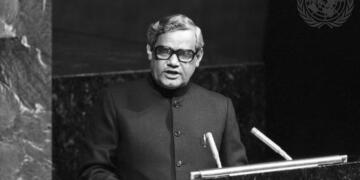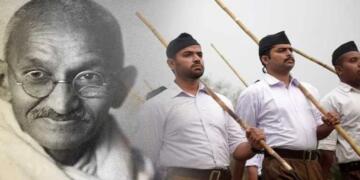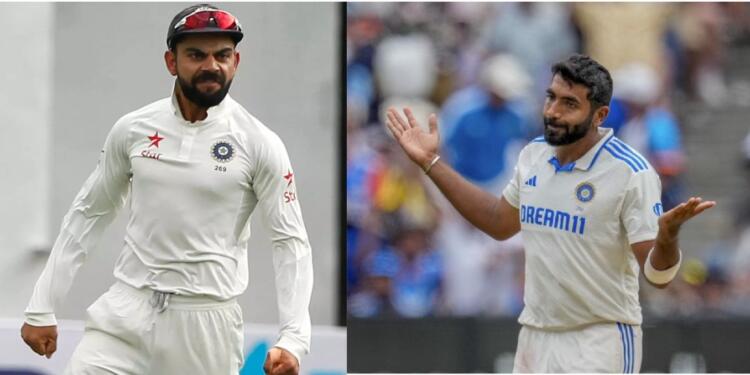India’s recent 1-3 defeat to Australia in the Border-Gavaskar Trophy marks the end of their long-standing dominance in the bilateral Test series. For the first time since 2015, India failed to retain the coveted trophy. Despite starting the series with a 295-run win in Perth, India failed to win the trophy. This cost the dream of millions of Indian Cricket Fans who were excited to see India playing the World Test Champions Trophy final once again. It is imperative to analyse the whole series and see where the Indian side lagged. The failure was not a result of one or two errors but a collective collapse of strategy, performance, and leadership.
‘Stardom’ equipped with violent fan ARMY blindsiding abject crisis in the batting line up
The Indian batting lineup, considered one of the strongest in the world, failed miserably in the BGT. Even though several cricket betting tips websites favoured the Indian side, they failed to deliver. The failure was such that India did not even give a fighting total to Australia. The Indian team crossed the 300-run mark only once in nine innings. In stark contrast, Australia achieved this feat three times, underlining their superiority with the bat. But what led to this inability? The answer is the dismal performances of the senior players.
Veterans like Rohit Sharma and Virat Kohli were monumental disappointments. As a captain and senior player, Rohit scored only 31 runs across six innings, an abysmal average that highlighted his complete failure to adapt to the challenges posed by Australian conditions. Even Jasprit Bumrah, a bowler, managed to outscore him. Kohli, despite a century in Perth, could muster only 190 runs in nine innings, consistently falling prey to his well-documented weakness outside off stump. Fans put Kohli in the league of Sachin Tendulkar, Brain Lara, Viv Richards and Don Brandman, but consistently failing to a single weakness puts a question mark on this status. The standard that Kohli has set for himself and a batsman of his stature should not repeat the same mistake, especially when the team needs him.
Despite the groomy situation, the PR teams of senior players are all over social media, defending them on the basis of their past performances. One should understand that no one is neglecting their achievements and contributions to Team India and its fans, but if they constantly fail to deliver according to their capabilities, eyebrows will be raised. Fans have appraised and put them on the pedestal on which they are; fans also have the right to question them about their mistakes and criticize them.
Despite this, youngsters like Yashasvi Jaiswal and Nitish Kumar Reddy showed promise, scoring 391 and 298 runs, respectively, but they lacked the experience and support from the senior players to turn good starts into match-winning performances. The chopping and changing in the batting order, including Rohit’s mid-series shift to opening, only added to the instability.
The questionable team selection can not be neglected at this point of time. India’s team selection was unaccountable and inconsistent. The decision to include three specialist seamers and two all-rounders in the first Test seemed solid initially but became a rigid template for the rest of the series despite varying conditions of pitches. Rohit Sharma’s inclusion in the second Test shook the settled combination since India’s top order never got a single chance to settle. This shuffling saw KL Rahul lose form, while the fragile batting lineup could not accommodate a specialist when required.
Over-Reliance on Bumrah
On the bowling side, Jasprit Bumrah seemed to be fighting a lone battle. Bumrah grabbed 32 wickets at an incredible average of 13.06, including three five-wicket hauls to win the player of the Series award. Yet, he found little support. Mohammed Siraj did well with 20 wickets but lacked consistency, averaging 31.15. While the attack of Akash Deep, Harshit Rana and Nitish Reddy—were largely ineffective, combining for just 14 wickets across five Tests at expensive averages. Bumrah has to be assisted by a more aggressive fast bowler in order to keep pressure mounting on the opposition. The ineffectiveness of the third bowler has been seen in the series where Australia capitalised on Scott Boland as a third bowler who performed fantastically.
This over-reliance on Bumrah meant India couldn’t sustain pressure on Australia’s batting lineup, allowing partnerships to flourish and big totals to be posted. Australia’s Scott Boland, a relatively lesser-known bowler, emerged as a major threat, taking 10 wickets in the decisive fifth Test and exposing India’s lack of preparation for unexpected challenges.
Poor Leadership
Rohit Sharma’s captaincy was heavily criticized. His defensive strategy at certain sessions gave Australia the chance to perform better. In the second innings of the Melbourne Test, instead of pushing for a quick finish, Rohit played a waiting game, allowing Australia’s batters to regain their composure and form match-changing partnerships.
Moreover, Rohit’s personal form with the bat compounded his leadership issues. A captain unable to lead by example sets a poor tone for the team, and Rohit’s failures made him a liability.
India’s body language and approach also lacked the aggression and intensity required to compete with a well-known, aggressive Australian team. The fielding was not up to the mark. Even the overall energy of the team seemed to be less compared to previous tours. This lack of fight was a far cry from the fearless and resilient brand of cricket India had become known for under previous leadership.
India’s defeat in the Border-Gavaskar Trophy is not just a series loss but also a wake-up call. Poor batting, questionable team selections, over-reliance on Bumrah, and passive captaincy combined to derail their campaign. Once a few senior players have performed excellently for India, it does not mean that they cannot be questioned. It looks like many senior players who have achieved much in their lives have lost the zeal for cricket achievement. Perhaps some new energetic talent should be given an opportunity to showcase their abilities.
If India wants to regain its glory as the topmost test-playing nation, this is the urgent need of the hour. If they do not take some time for introspection and course correction soon, the future of the team seems to be headed towards mediocrity.






























